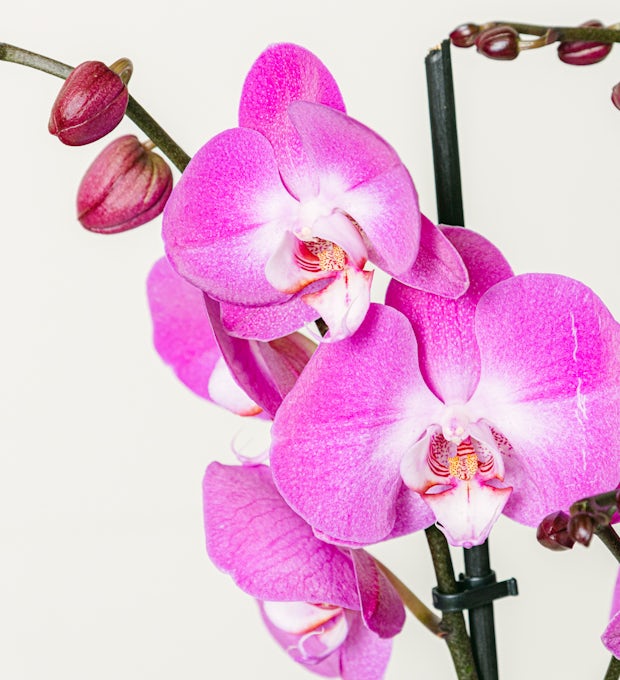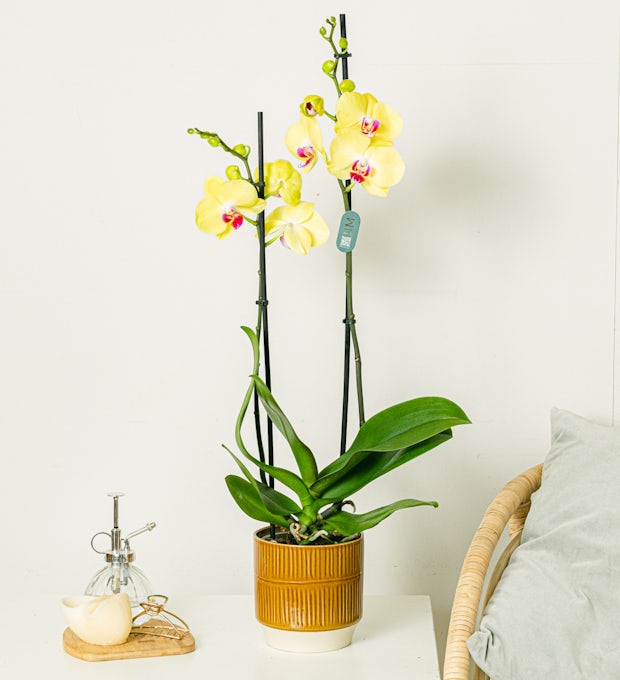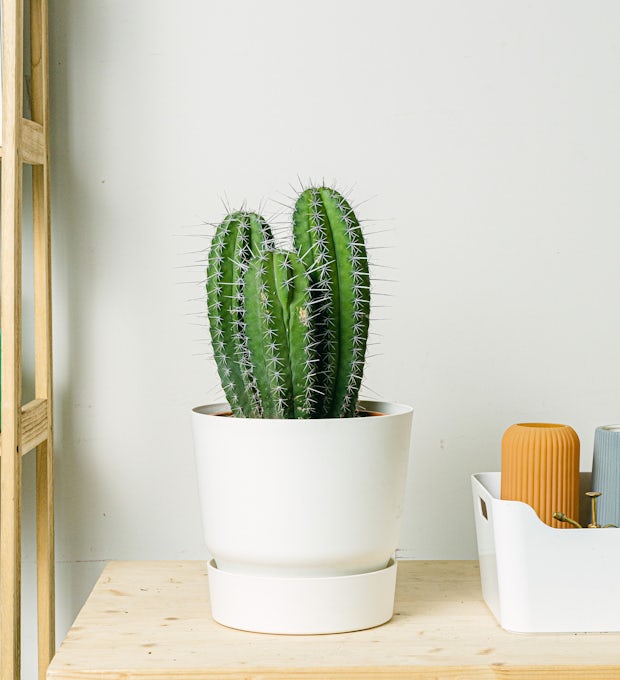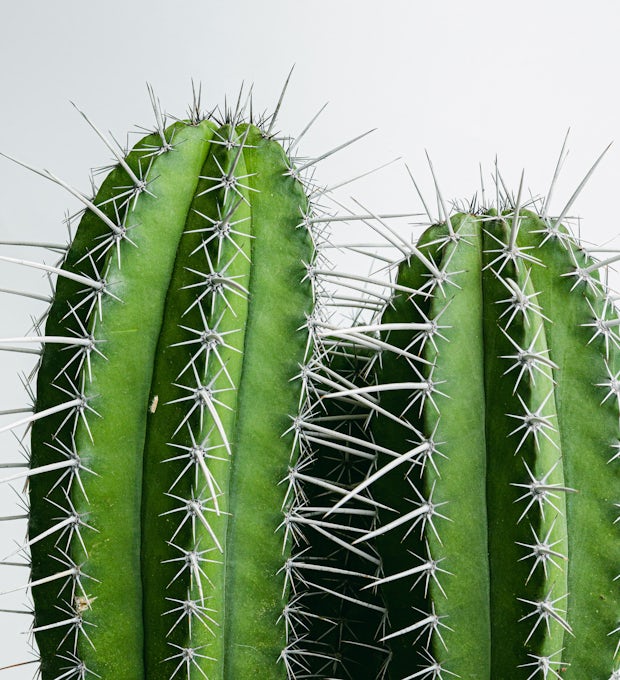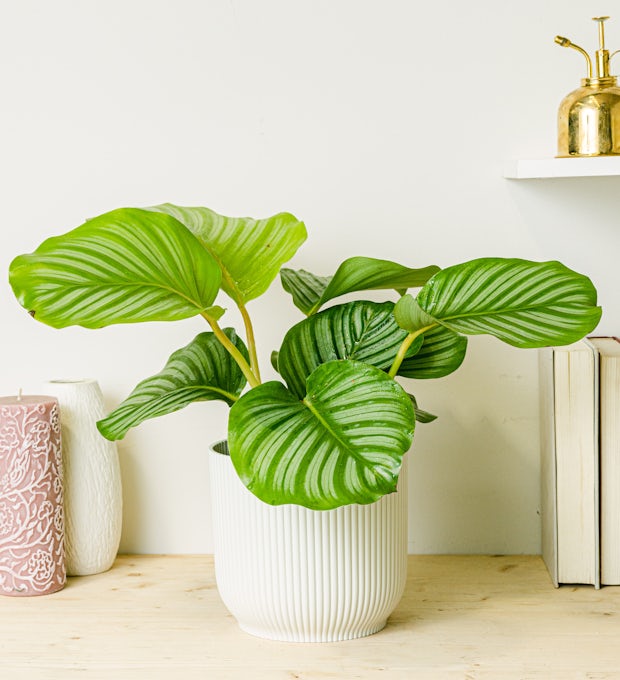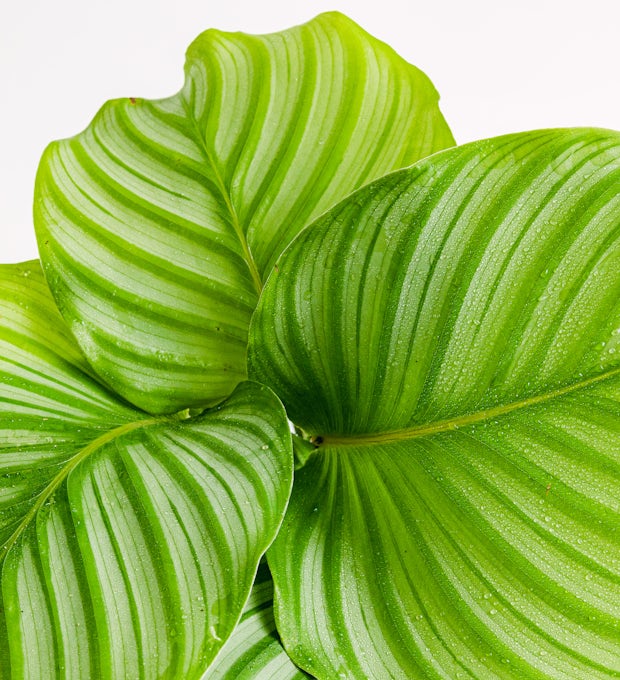Understanding the fascinating world of Aroids
Aroids, oh how fascinating they are! These incredible plants have a charm that's hard to resist. With their unique foliage, exotic shapes, and mesmerizing colours, aroids bring a touch of the wild into our homes. They come in all sizes, from petite beauties like the Pilea peperomioides to majestic giants like the Monstera deliciosa. But it's not just their appearance that captivates us; it's their intriguing nature. Aroids belong to the Araceae family, which is one of the largest plant families on Earth. They have evolved over millions of years, adapting to various environments and developing remarkable survival strategies. Some aroids have evolved to attract pollinators with their peculiar scents, while others have developed ingenious ways to capture and digest insects for nutrients. The diversity within this family is mind-boggling! From the alien-like flowers of the Anthurium to the bizarre growth patterns of the Philodendron, aroids never fail to surprise us. And did you know that some aroids are even capable of generating heat to attract pollinators? It's true! Aroids are like botanical superheroes, constantly pushing the boundaries of what we thought was possible in the plant kingdom. So, if you're ready to delve into this enchanting world, buckle up and get ready for an adventure like no other!
Essential Tools and Materials for Successful Aroid Propagation
When it comes to propagating your beloved aroids, having the right tools and materials is essential for success. It's like embarking on a thrilling adventure, equipped with all the necessary gear. First off, you'll need a good pair of sharp and clean pruning shears. These trusty companions will help you make clean and precise cuts, ensuring the health of your parent plant and the success of your cuttings. Next, gather some clean pots or containers for your new aroid babies. make sure they have Drainage Holes to prevent waterlogging, as aroids are not fans of wet feet! And don't forget to prepare a well-draining potting mix that is rich in organic matter. Aroids love their soil like we love our cozy blankets - loose and airy! To give your cuttings an extra boost, have some rooting hormone handy. This magical powder encourages the growth of roots, helping your cuttings establish themselves in their new homes. Lastly, be sure to have some clear plastic bags or humidity domes to create a warm and humid environment for your cuttings. This will help them retain moisture and promote root development. So, arm yourself with these essential tools and materials, and get ready to embark on an exciting journey into the world of aroid propagation!
We ship plants to all locations, you can see more options here.
Choosing the Right Propagation Method for Your Aroids
When it comes to expanding your aroid family, choosing the right propagation method is like picking the perfect partner for your plant. It's all about finding the method that suits both you and your aroids. So, how do you decide? Well, first you need to consider your level of experience and the specific needs of your plants. If you're a beginner, starting with cuttings might be the way to go. It's simple and straightforward – just snip off a healthy leaf or stem, pop it in water or soil, and watch it grow roots. But if you're feeling more adventurous and want to dive deeper into the world of aroid propagation, division and offsets might be your jam. This method involves separating baby plants from the parent plant, allowing them to develop their own roots and become independent beings. It's like giving your aroids their own little families! And let's not forget about the power of seeds. Sowing and germinating aroid seeds can be a bit trickier, but it's incredibly rewarding to watch these tiny specks transform into vibrant plants. Plus, it opens up a whole new world of possibilities as you can discover unique variations and traits in your growing collection. So, whether you choose cuttings, division and offsets, or seeds, remember to listen to your plants and trust your instincts. After all, finding the right propagation method is like finding the perfect dance partner – it's all about finding that rhythm that makes both of you shine.
We ship plants to all locations, you can see more options here.
Step-by-Step Guide to Propagating Aroids from Cuttings
If you're itching to expand your aroid family tree, propagating aroids from cuttings is the way to go! It's a thrilling process that lets you create new plants from your existing ones, and I'm here to guide you through it step by step. First, select a healthy parent plant with strong stems and vibrant foliage. Prepare your tools: a sharp, clean pair of pruning shears, a clean container filled with water, and a rooting hormone powder or gel. Carefully choose a stem that is at least six inches long and has several nodes. Nodes are those little bumps where the leaves attach to the stem - they're like magical growth points! With your pruning shears, make a clean cut just below a node on the selected stem. Remove any lower leaves, leaving just a few at the top. Dip the cut end into the rooting hormone powder or gel, then gently insert it into the water-filled container. Place the container in a warm, bright location away from direct sunlight. Now comes the hard part: waiting. Patience is key as roots start to develop over the next few weeks. Once you see robust root growth, it's time to transplant your new baby aroid into a pot with well-draining soil. Keep it moist but not waterlogged, and watch as it flourishes into a thriving member of your growing aroid family. The joy of propagating aroids from cuttings is not only in witnessing new life emerge but also in knowing that you've played an active role in expanding your collection. So grab those pruning shears and let's get propagating!
Exploring the Exciting Realm of Aroid Division and Offsets
Exploring the Exciting Realm of Aroid Division and Offsets
Now, if you're looking to expand your aroid family tree, then get ready to delve into the thrilling world of aroid division and offsets! This is where things start to get really interesting. Aroids are known for their ability to produce offsets, also known as pups or babies, which can be separated from the parent plant to create new individual plants. It's like witnessing nature's own magic trick!
To begin this exciting adventure, you'll need a sharp knife or gardening shears, some well-draining potting mix, and small pots or containers. First, identify a healthy parent plant with multiple stems or clusters. Gently remove the plant from its pot and carefully separate the offsets from the main plant using your knife or shears. Make sure each offset has its own roots and leaves before transplanting it into its new home.
The beauty of aroid division lies in the fact that you can create an entire army of plants from just one parent. It's like building your very own aroid empire! Plus, as these new plants grow and mature, they will develop their own unique characteristics and personalities. Imagine having a collection of plants that are all related, but each with its own distinct traits - it's like being part of a botanical family reunion!
Remember to give your newly separated offsets some tender loving care. Keep them in a warm and humid environment, provide them with filtered light, and water them regularly. Soon enough, you'll witness these little ones thrive and grow into magnificent specimens that will make any plant lover's heart skip a beat.
So, go ahead and embark on this fascinating journey of aroid division and offsets. Discover the joy of creating new life from existing plants and watch your aroid family tree flourish like never before. Get ready to witness nature's incredible ability to multiply and expand in the most magical way possible!
Unleashing the Power of Aroid Seeds: Sowing and Germination Tips
Aroids are a fascinating group of plants, known for their unique and exotic foliage. If you're looking to expand your aroid family tree, why not try unleashing the power of aroid seeds? Sowing and germinating aroid seeds can be an exciting and rewarding process. To get started, you'll need some basic supplies: good quality seed-starting mix, clean pots or trays, and a clear plastic cover or plastic wrap to create a humid environment. Once you have everything ready, it's time to sow those tiny seeds. Gently scatter them on the moist seed-starting mix and lightly press them down. Remember, these little guys need warmth and humidity to sprout, so cover your pots or trays with the plastic cover or wrap. Now comes the waiting game. It's important to keep the soil consistently moist but not waterlogged. As you anxiously wait for those first green shoots to emerge, don't forget to check on your seeds regularly and mist them with water if they start to dry out. Patience is key here, as aroid seeds can take anywhere from a few weeks to several months to germinate. But trust me, when that moment finally arrives and you see those tiny leaves unfurling, it's pure joy! As your aroid seedlings grow, make sure to provide them with adequate light, but avoid direct sunlight as it can scorch their delicate leaves. With proper care and attention, your aroid family will continue to grow and thrive, bringing you endless delight with their beauty and diversity.
Tips and Tricks for Caring and Nurturing Your Growing Aroid Family
Caring for your growing aroid family can be a rewarding and fulfilling experience. These tropical plants have a way of capturing our hearts with their unique foliage and enchanting beauty. To ensure that your aroids thrive and flourish, there are a few tips and tricks that you can follow. Firstly, it's important to understand the specific needs of each aroid species. Some may prefer bright indirect light, while others thrive in lower light conditions. Regularly rotate your plants to ensure even growth and prevent them from leaning towards the light source. Secondly, humidity is key for aroids as they naturally grow in humid environments. Consider placing a tray of water near your plants or using a humidifier to create the ideal moisture levels. Misting the leaves with water can also help mimic their natural habitat. Additionally, aroids appreciate well-draining soil that retains some moisture but doesn't become waterlogged. Using a mixture of peat moss, perlite, and orchid bark can provide the perfect balance. Lastly, don't forget to regularly check for pests such as mealybugs or spider mites. These little critters can quickly damage your plants if left unchecked. If you notice any signs of infestation, treat them immediately with an organic insecticide or by wiping the leaves with a damp cloth. By following these simple tips and tricks, you'll be able to create an environment where your aroids can thrive and multiply, adding even more members to your growing plant family.As you embark on your journey to grow your aroid family tree, you'll soon discover the fascinating world of these unique plants. Armed with the essential tools and materials, you'll be well-prepared to try out different propagation methods that suit your aroids best. Whether you choose to propagate from cuttings, explore division and offsets, or unleash the power of seeds, each method offers its own sense of excitement and reward. As you care for and nurture your growing aroid family, remember to be patient and observe the changes that unfold. The joy of watching new leaves unfurl or roots take hold is truly remarkable. So go ahead, expand your collection, experiment with propagation techniques, and let your curiosity guide you deeper into the enchanting realm of aroids. Who knows what other secrets and surprises await?

